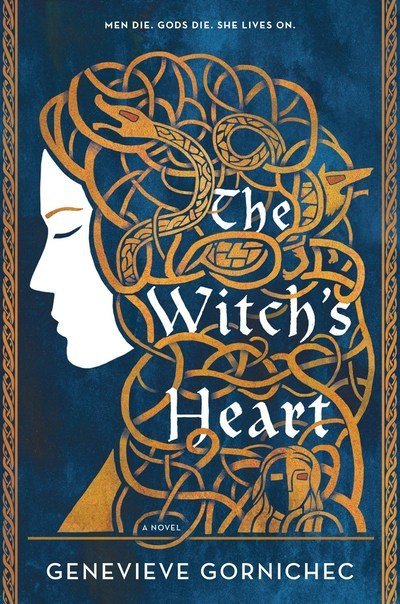Introduction to ‘The Witch’s Heart’
Genevieve Gornichec’s debut novel, ‘The Witch’s Heart,’ is both staggering in its beauty and delicate in its execution. Departing from the traditional Norse mythological narratives, Gornichec shifts the focus to the overlooked witch Angrboda, the mate of Loki and mother of monsters. This novel opens with heartbreak and flames, setting the stage for a story that is as intimate as it is epic.

Angrboda: The Central Character
Angrboda’s story begins in tragedy. Her refusal to assist Odin in peering into the future results in her being burned three times, and her heart being stabbed and removed. Yet, she survives, stripped of most of her powers and forced to forage for sustenance at the edge of the world. The return of her heart by Loki, though initially met with distrust, gradually leads to affection and a deep love that alters her fate.
A Unique Family
Together, Angrboda and Loki have three extraordinary children: the wolf Fenrir, the Midgard Serpent Jörmungandr, and the half-dead girl and future queen of the dead, Hel. With the support of the huntress Skadi, Angrboda endeavors to protect her family from Odin’s relentless search. However, their unusual family structure poses a significant threat to the gods of Asgard, propelling them towards the climactic conflict known as Ragnarök.
A Character-Driven Narrative
‘The Witch’s Heart’ diverges significantly from the traditional swashbuckling Viking adventures. Instead, Gornichec offers a nuanced character study of Angrboda, a woman whose story, in mythology, has often been limited to a few sentences. The looming prospect of Ragnarök is ever-present in Angrboda’s visions, yet the novel focuses on smaller, domestically intimate moments. From building furniture with Skadi to the simple wonder of sharing a bed with someone you love, Gornichec invites readers to immerse themselves in the details of Angrboda’s life.
The Delicate Balance of Fate and Rebellion
The novel does not shy away from the tragedies inherent in Norse mythology. Angrboda is bound by fate, and her rebellions occur within its confines. For some readers, the small scale and the emphasis on the inevitability of Ragnarök might be challenging. However, Gornichec offers a compelling message: instead of resisting the end, cherish the life and change that can be built within the neglected cracks of fate.
Conclusion
‘The Witch’s Heart’ by Genevieve Gornichec is a story that challenges the traditional narratives of Norse mythology by focusing on character and small, yet powerful moments. It is a beautiful and delicate exploration of fate, love, and the small wonders of life, offering an intimate look at a forgotten figure in myth.


